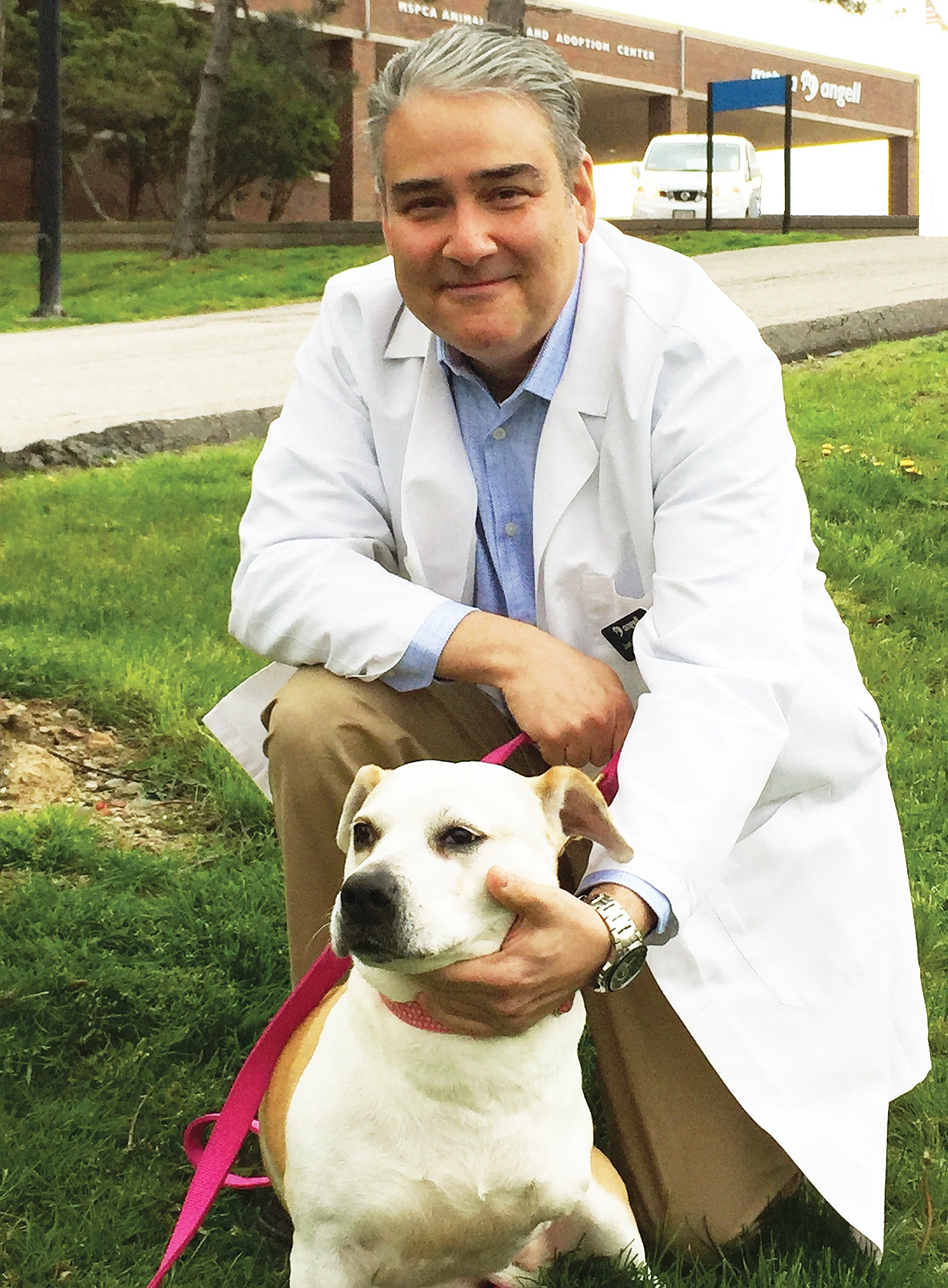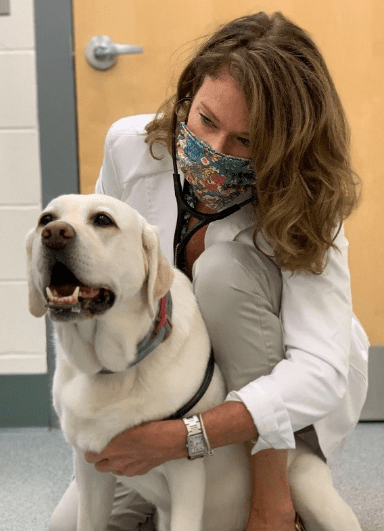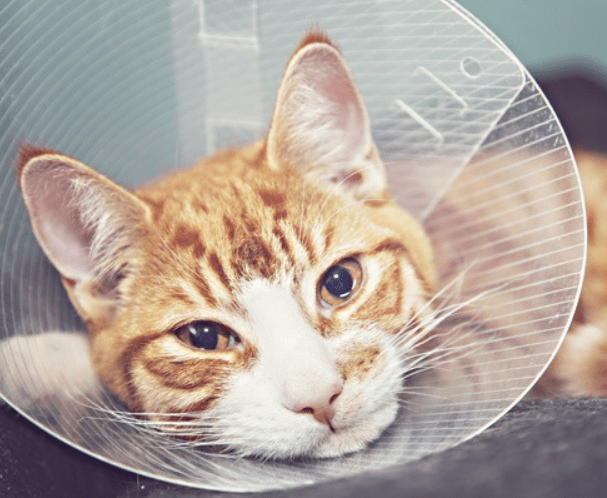-
Adopt
-
Veterinary Care
Services
Client Information
- What to Expect – Angell Boston
- Client Rights and Responsibilities
- Payments / Financial Assistance
- Pharmacy
- Client Policies
- Our Doctors
- Grief Support / Counseling
- Directions and Parking
- Helpful “How-to” Pet Care
Online Payments
Emergency: Boston
Emergency: Waltham
Poison Control Hotline
-
Programs & Resources
- Careers
-
Donate Now
 By Joel Kaye, DVM
By Joel Kaye, DVM
![]() angell.org/primarycare
angell.org/primarycare
617-524-5653
August 2023
x
x
x
Spaying and neutering of pet dogs and cats not meant for breeding has long been the standard of veterinary care. The benefits of spaying and neutering shelter animals have significantly increased adoptability, decreased behavioral problems, and unwanted puppies and kittens.
Benefits of spaying and neutering
 Elective ovariohysterectomy is commonly performed to prevent estrous cycles and unwanted pregnancies. Additional benefits include the prevention of pyometra (an infection of the uterus) and ovarian and uterine cancers. The incidence of mammary cancer is dramatically reduced when animals are spayed at a young age. The overall risk of mammary tumors in intact females over spayed females increases with each heat cycle that the dog goes through. The risk of mammary neoplasia is 0.5%, 8%, and 26% when dogs are spayed after their first, second, or third heat cycle. Depending on the study, the incidence of pyometra is highest at 25% in spayed females of eight years or older.
Elective ovariohysterectomy is commonly performed to prevent estrous cycles and unwanted pregnancies. Additional benefits include the prevention of pyometra (an infection of the uterus) and ovarian and uterine cancers. The incidence of mammary cancer is dramatically reduced when animals are spayed at a young age. The overall risk of mammary tumors in intact females over spayed females increases with each heat cycle that the dog goes through. The risk of mammary neoplasia is 0.5%, 8%, and 26% when dogs are spayed after their first, second, or third heat cycle. Depending on the study, the incidence of pyometra is highest at 25% in spayed females of eight years or older.
Castration is performed to prevent insemination of female dogs, alter behavior development, and prevent testicular cancer and benign prostatic hypertrophy. Age of neuter does not increase the risk of urinary issues or urethral obstruction in cats. Neutering eliminates the risk of benign prostatic hypertrophy, leading to difficulty urinating, defecating, and even urinary obstruction. The risk of prostatic cancer is not affected by neutering status.
Recently a few studies out of the University of California Davis have questioned this paradigm of automatically neutering and spaying pets. One study of Golden Retrievers and Labrador Retrievers examined the incidence of four types of cancer and orthopedic problems. These studies did indicate an increased incidence of hemangiosarcoma, mast cell tumors, lymphoma, and osteosarcoma in sterilized versus non-sterilized animals. Another study set showed an increased incidence of some orthopedic issues, such as cruciate ligament tears in sterilized versus non-sterilized animals. Though quite interesting, the studies were retrospective studies looking at patients seen in a university setting. In a tertiary care facility such as Angell, the pets included were not representative of the general population but skewed toward more sick/unhealthy animals. The other negatives of these studies were the small sample size, lack of randomization, and the fact that they only followed the pets to eight years of age. These studies have no real cause-and-effect, and the small sample size makes it possible that some things are just happening by chance. Many cancers, such as mammary cancer, may not appear until much later in life, and these pets would have been missed.
The orthopedic aspect of these studies is more interesting. It is widely recognized that sex hormones greatly influence bone growth and full development. In particular, the incidence of cruciate ligament tear is higher in neutered versus non-neutered animals. There is some benefit, particularly in large-breed dogs (those 55 pounds or over at full size), to delay spaying or neutering to at least one year in female dogs and up to two years in male dogs, depending on full size.
particularly in large-breed dogs (those 55 pounds or over at full size), to delay spaying or neutering to at least one year in female dogs and up to two years in male dogs, depending on full size.
The most significant benefit of these studies out of UC Davis is that no one-size-fits-all mantra works for spaying or neutering. Veterinarians must take each case individually, looking at factors such as size, age, behavior, cancer risk, and the risk of an unwanted litter. More research must be done to elucidate the optimal timing for spaying and neutering, but the bottom line is there is no single answer to the question.
Below are spaying and neutering recommendations based on the author’s recent findings:
Cats – Recommend spaying and neutering by six months of age (the author prefers anywhere between four to six months of age.) There is no indication that an early spay or neuter will have a negative impact on urinary obstruction or lower urinary tract disease in male cats.
Dogs – Canines are a little more complicated, and it’s more of an individual case decision.
Small-breed dogs – For dogs under 50 pounds at full size, the author recommends spaying by six months of age before the first heat; this helps decrease the incidence of mammary cancer. The author recommends neutering male dogs by one year of age; this allows for full-body development. If behavior problems warrant, a dog can be neutered earlier. Growth plates should be closed by six to nine months of age for small-breed dogs.
Large-breed dogs – The growth plate closure occurs later for larger-breed dogs, so the author typically recommends spaying at about one year of age. This allows only one heat cycle and minimally increases the risk of mammary cancer. For male dogs, the author recommends neutering by 12 to 18 months (and would even go out to 24 months for something as large as a Great Dane or Irish Wolfhound).
The age at which to spay or neuter, and whether to spay or neuter it all, has become a difficult question in veterinary medicine. There are some interesting findings in certain breeds relating to cancer risk and orthopedic problems, but not enough evidence to make sweeping changes or recommend not spaying or neutering. More research needs to be done, and each case should be taken individually — and decisions made in the best interest of the pet and the family.